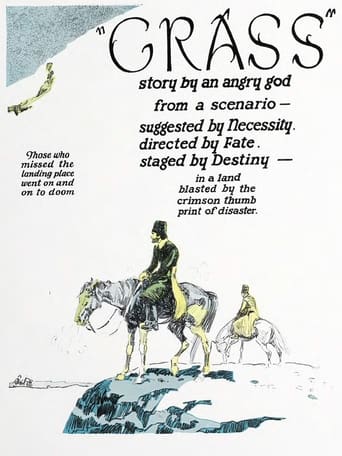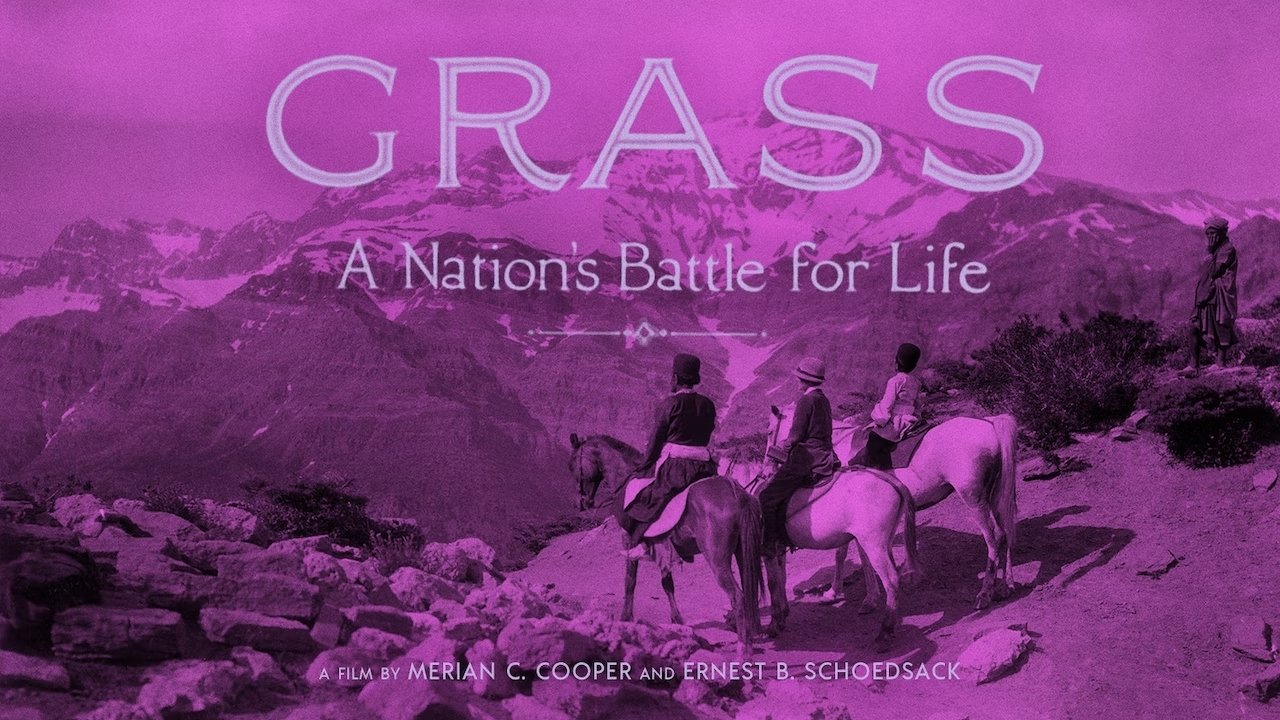Pierre Radulescu
It all started with two guys having the ambition to create a movie as successful as Flaherty's "Nanook of the North". One of the two guys was Merian Cooper: a passionate promoter in both aviation and movie industry, a bomber pilot in WWI, twice shot down in fight. The other was Ernest Schoedsack: during the WWI a cameraman on the front, recording infantry actions under shell fire. The two had met for the first time in Poland, during the war with Soviet Russia. They would meet again in the early 20's and start collaborating in making movies. Meanwhile Merian Cooper had been made prisoner by the Red Army and managed to escape.Flaherty had gone to the Eskimo. Cooper and Schoedsack set their target to Kurdistan. The expedition started in October 1923 in Angora (today's Ankara). There was a fellow-traveler with them: journalist Marguerite Harrison (she too had the taste for danger in her DNA: risky missions in Germany, Russia Japan, China, imprisoned for a period in Soviet Russia).It was during the expedition that they decided to go further, to reach a nomadic community of Bakhtiari, some place in central Persia, and to follow them in their seasonal migration in search of grass for their herds.Twice a year the Bakhtiari have to migrate with their animals, once Eastward, then Westward, between their summer and winter quarters. That means crossing the Kārun river (some identify it with Pishon, one of the four rivers of Eden, as mentioned in Genesis) and escalating Zard-Kuh, the highest peak of the Zagros Mountains. By those times there were no bridges over the river, and all people were barefoot. They had to pass this way over the heavy snowed mountain. As for crossing the river, the animals had to swim, of course many of them were drowning. There were about 50,000 people and half a million animals.The decision of Cooper, Schoedsack and Harrison to join the community of Bakhtiari proved fortunate: by filming their journey they created a masterpiece.The movie has two distinct parts. Firstly it chronicles the trip from Angora towards Kurdistan, with a picturesque description of a caravanserai, and some other interesting moments, like the sudden meeting with a troupe of desert police, occasion for the filmmakers to shot a surreal scene with the policemen executing a complicate ballet while on their horses! But it is the second part of the movie that is a masterpiece: simply filming the journey of barefoot people with their animals across the river and over the mountain transmits a great epic sense. It is there the whole drama of this ethnicity struggling for life, rendered with simplicity and greatness.Many critics have compared "Grass" with "Nanook", giving to the work of Flaherty a better mark, and obviously the merit of having been the first. I found an interesting remark in an essay by Richard Griffith (who was a curator at MoMA Film Library between 1951 - 1965): "Flaherty was an explorer filming a population he knew, while Cooper and Schoedsack were adventurers attracted by the unknown". The images in "Nanook" could be more skillful worked, while what you see in "Grass" is the "real thing": the epic on the screen is "live".I watched Grass on Netflix and I give total credit to its admirers: this movie is fascinating.The copy available on Netflix includes some evocative pieces of Iranian music, composed and performed by Gholam Hosain Janati-Ataie (santur and daf), Kavous Shirzadian (tar, tombak and oud) and Amir Ali Vahabzadegan (Turkish tambur, setar, dohol, daf and voice). I found this very touching: a tribute paid to a courageous community who struggles with nature for their life. Now their herds are carried in trucks and they are no more barefoot, still it's hard.
tiemeier-1
This documentary by Marian Cooper is absolutely amazing. I saw it tonight on Turner Classic Movie channel. I think I will see if I can order a copy of it on DVD. The film footage doesn't look all blurry and choppy like you might think from 1925 B & W silent film. Set in Iran in 1925, The nomadic tribe people in the documentary leave their desert home and cross a raging river, men, women, children, animals... Then up and over a snowy mountain pass all Barefoot. It is sink or swim and climb or die. In search of grass for their animals. They have cows, goats, dogs, horses, mules. In one scene a man is carrying a mule who is too sick to climb the mountain. The children in the documentary all look happy and healthy. They had such a hard life. I wonder if the nomadic tribes of Iran still live like this. Makes you appreciate modern life in USA.
Michael_Elliott
Grass (1925) *** (out of 4) First collaboration between Merian C. Cooper and Ernest B. Schoedsack who would later go onto make King Kong. This documentary takes a look at 50,000 Iranian nomads and they dangerous journey across mountains and rivers to get their herds to grass. Overall this is a very interesting documentary but sadly the crew was running out of film when it came time to cross a deadly river and climb a 12,000 foot mountain. With these two scenes being the most interesting sadly there's only a couple minutes worth of footage here.
Jim Tritten
The team of Merian Cooper and Ernest Schoedsack produced a documentary of 50,000 Bakhtiari people and their animals on the Summer migration to winter grazing. The basic worth of this film today is as a time capsule of a "forgotten people" and how they lived during what we in the West knew as the "roaring twenties." A more drastic contrast could not be imagined. Raging river and barefoot mountain crossings are brutally realistic and the animals that disappear under the water do in fact die. To make sure that the audience of the time believed that the story took place, a signed certificate of authenticity is offered up at the end. The version that I saw had fascinating Iranian music that can stand alone and be appreciated without the film. Having said all this, the film is probably of more value to the anthropologist than the casual viewer in search of a good evening's entertainment. The crew had just barely sufficient stock to take the shots that they recorded and there is no fancy camera work resulting from multiple re-takes. The Western inter-titles detract from the experience but are in fact a part of the record since they demonstrate how Hollywood tried to put their spin on the lives of an indigenous peoples lives so that they would be appreciated by the audience of the day. Off-duty entertainment by desert police becomes a "policeman's ball." The producers went on to make the docu-drama Chang (1927) and the totally commercial King Kong (1933). The migration theme is used again in People of the Wind (1976) and in Himalaya (1999). Recommended for those who know in advance what they are getting into -- and then highly recommended for them.


 AD
AD


